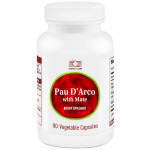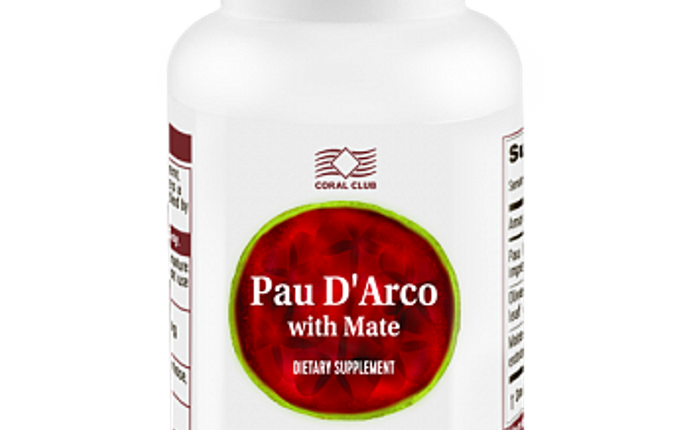Pau D’Arco
 Pau d’arco is a tree with extremely hard wood. Its name is the Portuguese word for “bow stick,” an appropriate term considering the tree’s use by the native South American Indians for making hunting bows. The bark and wood are used to make medicine.
Pau d’arco is a tree with extremely hard wood. Its name is the Portuguese word for “bow stick,” an appropriate term considering the tree’s use by the native South American Indians for making hunting bows. The bark and wood are used to make medicine.
Though possibly unsafe, especially at higher doses, pau d’arco is used to treat a wide range of infections. These include viral respiratory infections such as the common cold, flu, and H1N1 (swine) flu; sexually transmitted infections such as gonorrhea and syphilis; infections of the prostate and bladder; ringworm and other parasitic infections; yeast infections; and infectious diarrhea.
Pau d’arco is also used for cancer. Interest in this use was intensified by extensive research in the 1960s that focused on the possible anti-cancer activity of lapachol, one of the chemicals in pau d’arco. However, research studies were stopped because, at the amounts needed to be effective against cancer, pau d’arco might well be poisonous. Among other things, it can cause severe internal bleeding.
Other uses for pau d’arco include diabetes, ulcers, stomach inflammation (gastritis), liver ailments, asthma, bronchitis, joint pain, hernias, boils, and wounds. Because some people see pau d’arco as a “tonic and blood builder,” it is also used to treat anemia.
Pau d’arco is applied directly to the skin for Candida yeast infections.
Sometimes it’s hard to know what is in pau d’arco products. Teas, labeled as pau d’arco or lapacho, do not always contain pau d’arco (Tabebuia species). In some cases, they contain the related species, Tecoma curialis. Additionally, some product labels state that the product contains the inner bark of pau d’arco, which is thought by some people to be more effective than outer bark, when in fact the product contains outer bark.
How does it work?
There isn’t enough information available to know how pau d’arco works.













